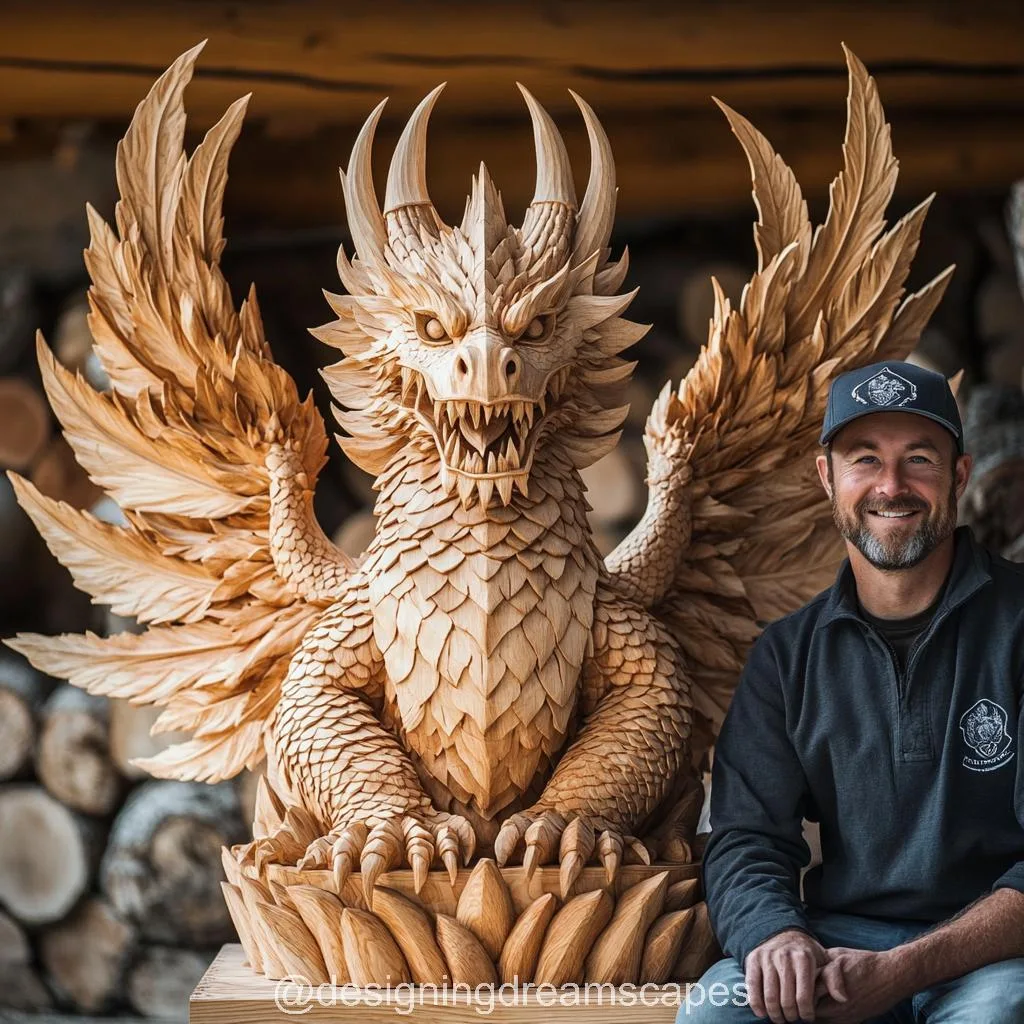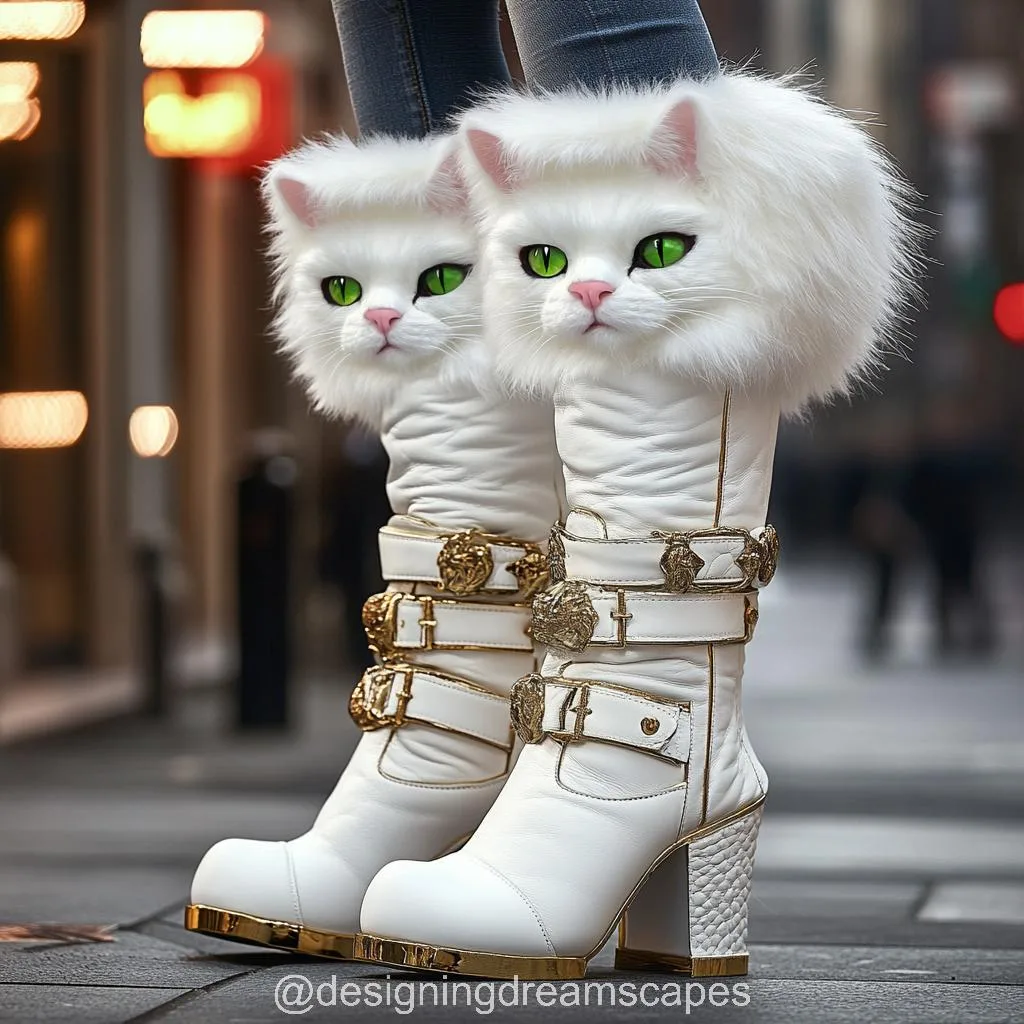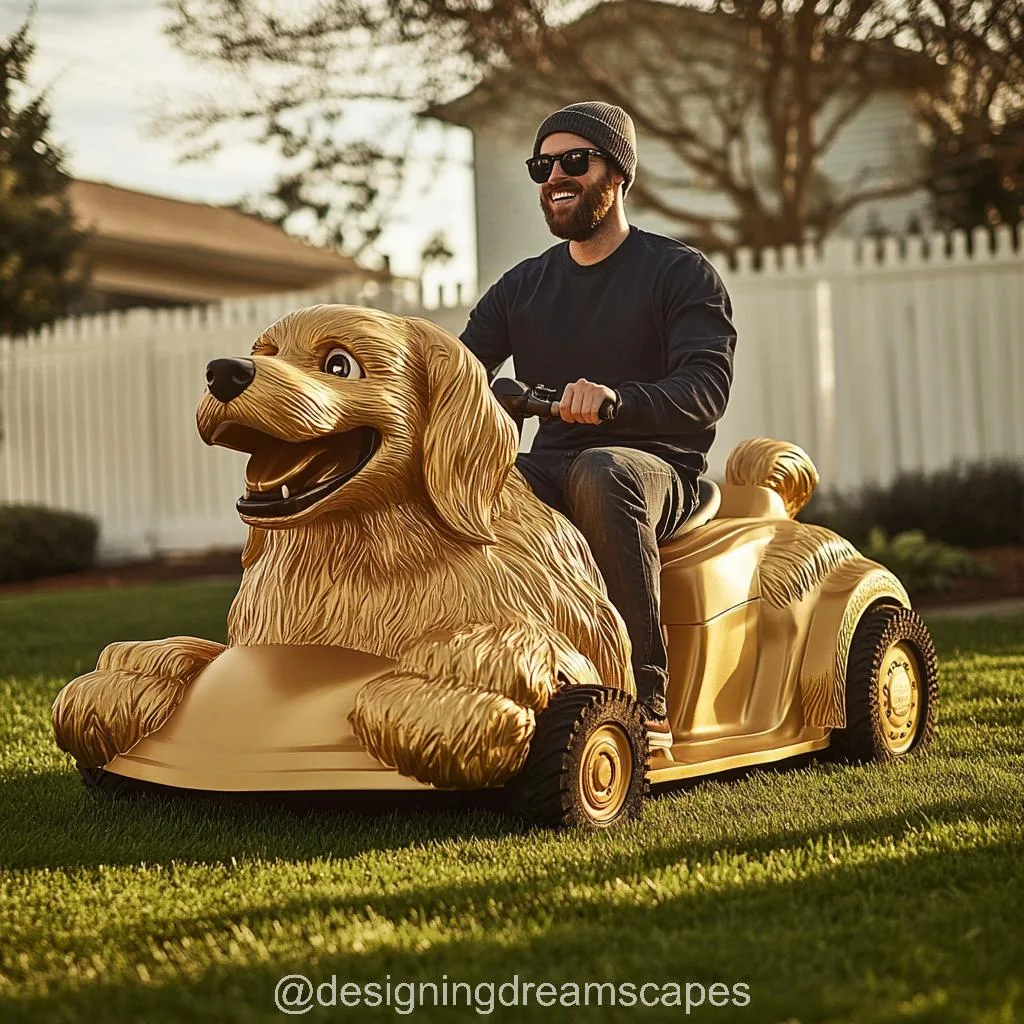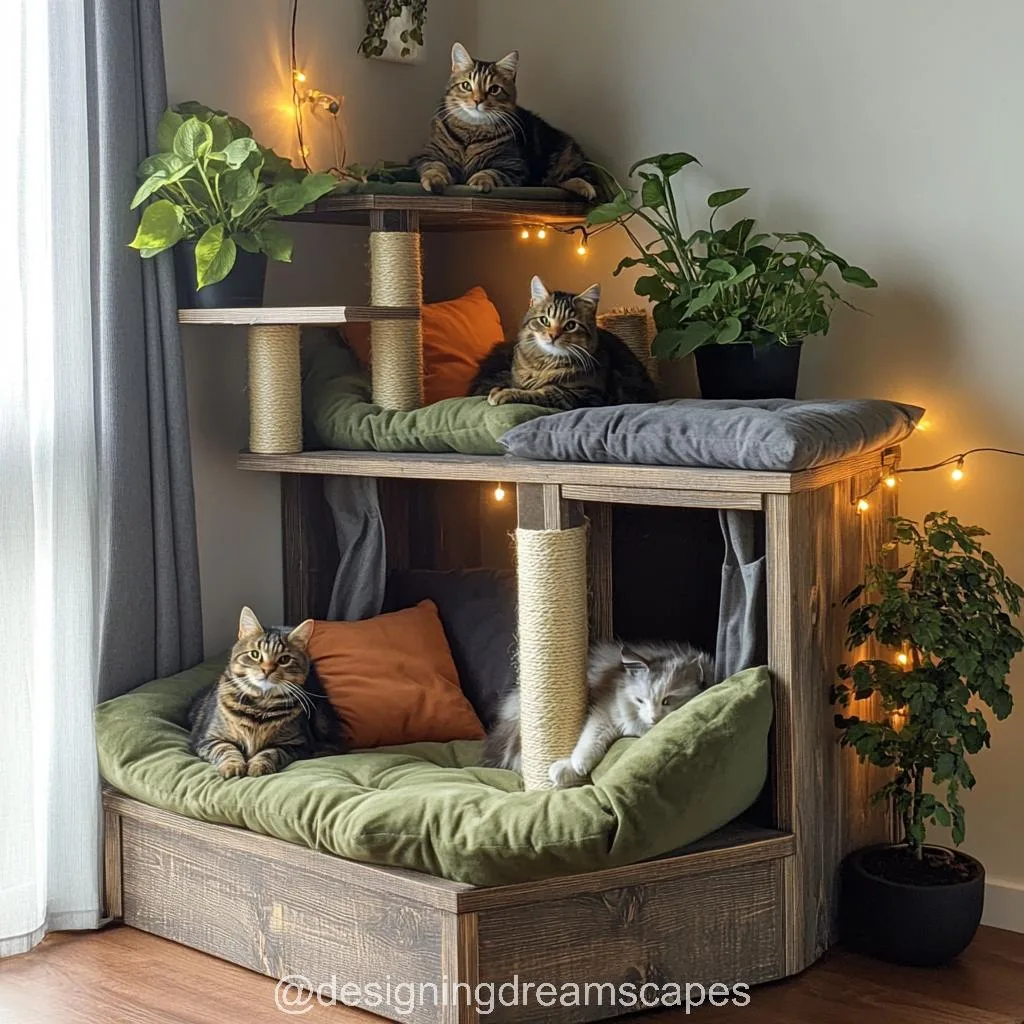Contents
The Awe of the Ancient Beast in Wood
Few artistic feats captivate the imagination quite like an intricately carved dragon emerging from a block of wood. Combining mythological symbolism with traditional craftsmanship, dragon wood carvings stand as awe-inspiring examples of creativity, precision, and dedication. These masterpieces—ranging from small tabletop guardians to full-scale wall installations and towering sculptures—bring the legendary creature of fire and flight into the tangible world. A mind-blowing dragon wood carving is not just decoration; it is a statement of power, protection, and artistry that bridges ancient lore and modern aesthetics.
The Cultural Power of the Dragon
Across cultures, dragons are revered symbols of strength, wisdom, and elemental force. Their forms vary—Eastern dragons are often serpentine and benevolent, while Western dragons tend to be winged and fierce—but the reverence remains universal. A dragon wood carving draws from these mythologies and imbues them into the very grain of the timber.
- In Eastern traditions, dragons are protectors of harmony, rain, and prosperity. Carvings in this style often show elongated, flowing bodies with intricate whiskers and delicate claws.
- In Western traditions, dragons represent untamed power or treasure guardians, often with massive wings, scaled hides, and flame-breathing jaws.
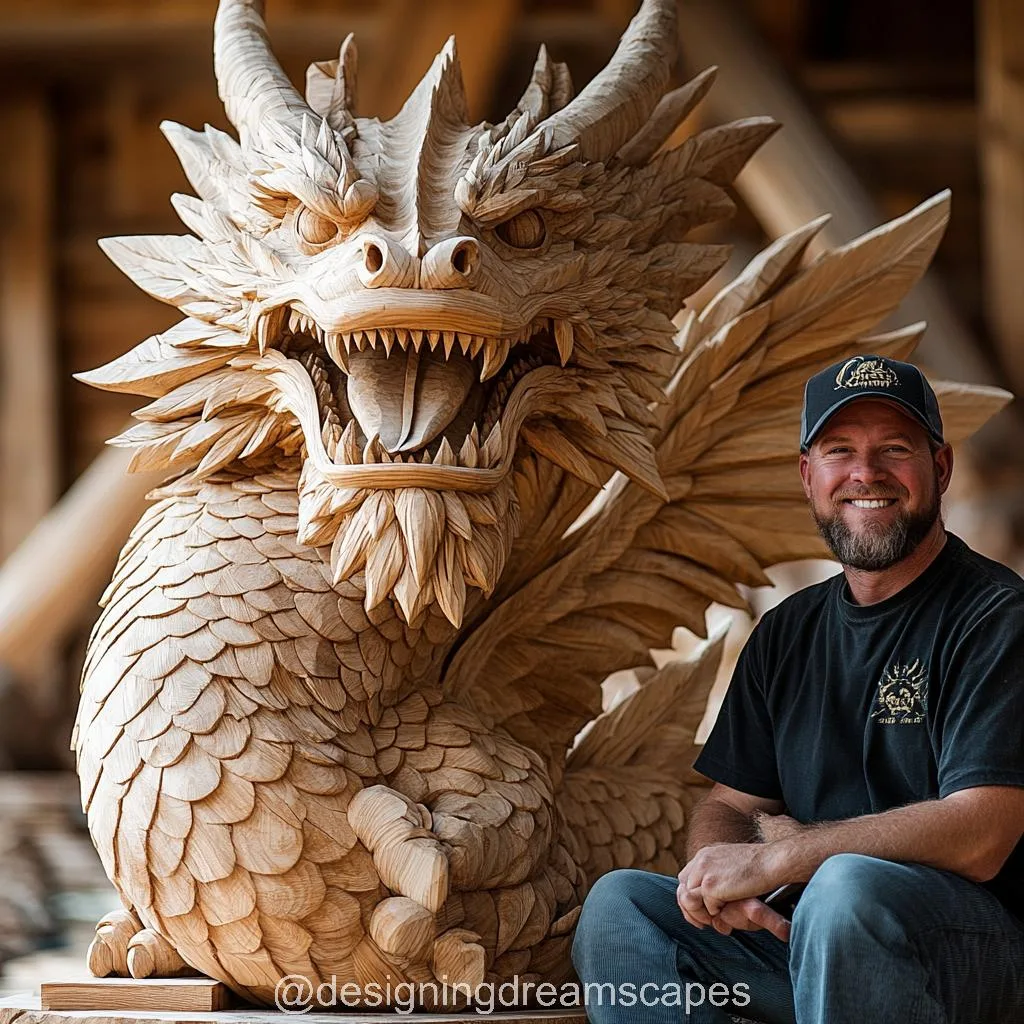
This symbolic richness elevates each carving from mere decor to a mythic centerpiece in any space.
The Art of Wood Carving: Skill and Dedication
Creating a dragon out of wood is a labor-intensive endeavor requiring exceptional craftsmanship. Master carvers often spend weeks or even months on a single piece. The process typically involves:
- Design Sketching and Planning: Drafting the dragon’s posture, expression, and scale.
- Wood Selection: Hardwoods like oak, teak, and mahogany are preferred for their durability and rich grain patterns.
- Rough Shaping: Using chisels, mallets, and saws to establish the overall form.
- Detailing: Fine tools etch out scales, teeth, claws, and facial expressions.
- Finishing: Sanding, staining, or lacquering to preserve the wood and enhance its beauty.
Each step demands focus and artistry, especially when capturing dynamic poses like a dragon coiled around a mountain or swooping through the clouds.
Styles and Variations
The dragon motif lends itself to diverse interpretations and styles, allowing for creative freedom:
- Wall Panels and Reliefs: Often seen in temples, altars, or upscale homes, these feature dragons emerging from the surface in swirling motion.
- Totem-Style Vertical Carvings: Towering pillars with dragons spiraling upward—perfect for gardens or grand entryways.
- Furniture and Functional Art: Thrones, bed frames, and tables carved with dragons wrapping around legs and arms.
- Miniature and Desktop Dragons: Delicately carved from single blocks, ideal for collectors or personal altars.
No matter the scale, each version captures the essence of the dragon’s presence—powerful, watchful, and steeped in legend.
Mind-Blowing Examples Around the World
Some dragon carvings have gained global recognition for their jaw-dropping complexity and size:
- Thailand’s Temple Dragons: Hand-carved naga-style dragons guarding temple entrances, often stretching 30 feet or more in length.
- Japanese Wood Temples: Intricate ceiling panels where dragons appear to twist in perspective as you walk beneath them.
- Modern Sculptures in Luxury Homes: Custom commissions for high-end estates, including fireplace mantels and staircases where dragons wrap around banisters.
- Vietnamese Pagoda Carvings: Dragons in flight carved from single logs of sandalwood or jackfruit wood.
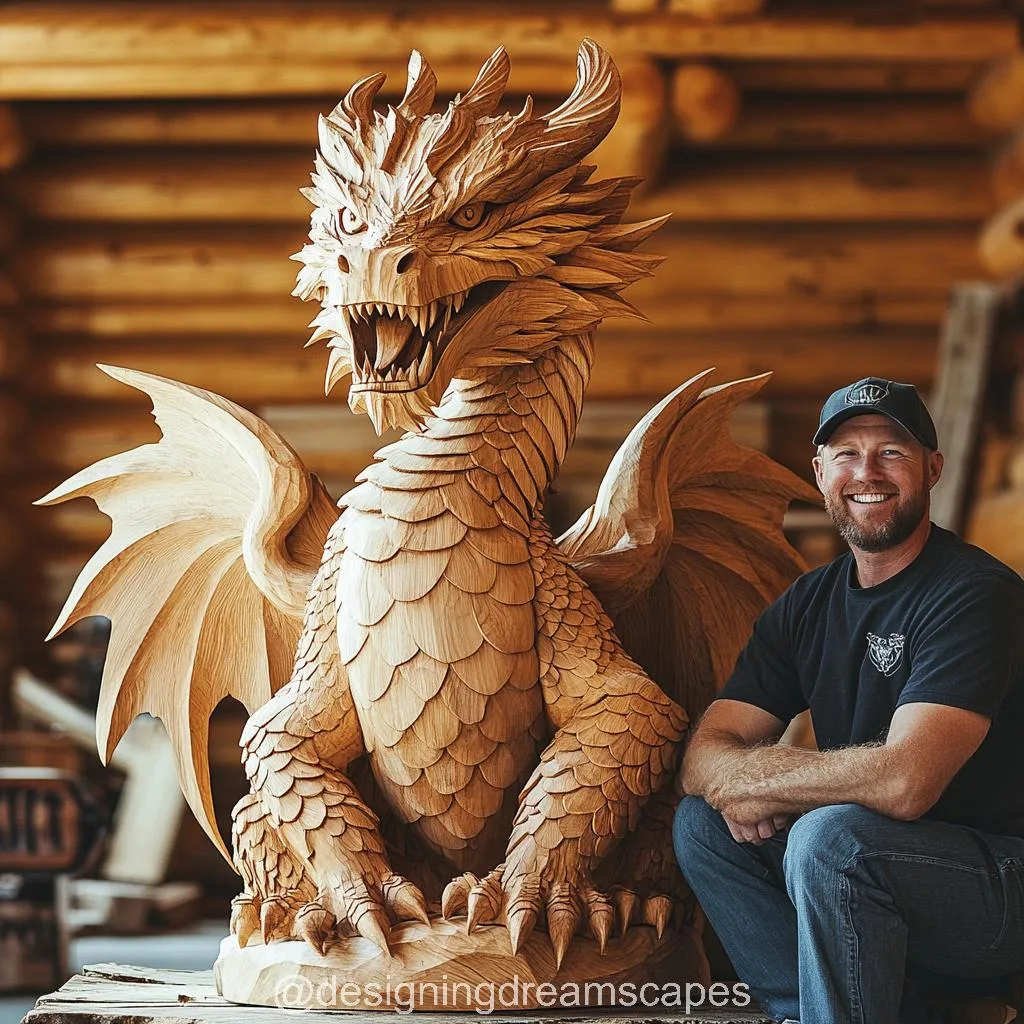
These examples push the limits of what can be achieved with hand tools and raw wood.
Wood Types That Enhance the Dragon’s Power
The type of wood chosen can dramatically influence the final appearance:
- Mahogany: Rich red tones and tight grain allow for detailed carving and a majestic finish.
- Teak: Known for durability, especially for outdoor or temple use.
- Oak: A classic choice for robust Western-style dragons with dramatic detailing.
- Ebony and Rosewood: For smaller, darker pieces with ultra-smooth finishes and deep coloration.
- Softwoods (Pine, Cedar): Used for practice or less detailed sculptures but still effective with the right artist.
Finishing techniques like burning, staining, or natural oiling can further bring out depth, contrast, and character in the dragon’s features.
Where to Display a Dragon Wood Carving
Depending on its size and style, a dragon carving can transform a space:
- In entryways, as protectors of the threshold.
- Over fireplaces, where the dragon’s presence adds warmth and grandeur.
- In meditation rooms or altars, especially Eastern-style carvings associated with balance and clarity.
- As a garden focal point, particularly when treated for weather resistance.
- Inside luxury offices or studios, offering inspiration and strength.
Collectors often position their pieces in places of power, making them a source of visual energy and spiritual focus.
The Role of Technology in Dragon Carving
While traditional methods remain dominant, some artists are blending technology with handcraft:
- CNC Routers and Laser Engravers: Used to rough out large forms before hand-detailing.
- 3D Modeling Software: Helps visualize complex poses and proportions before carving begins.
- Augmented Reality (AR): Some artists preview sculptures in a room using AR to ensure perfect placement and scale.
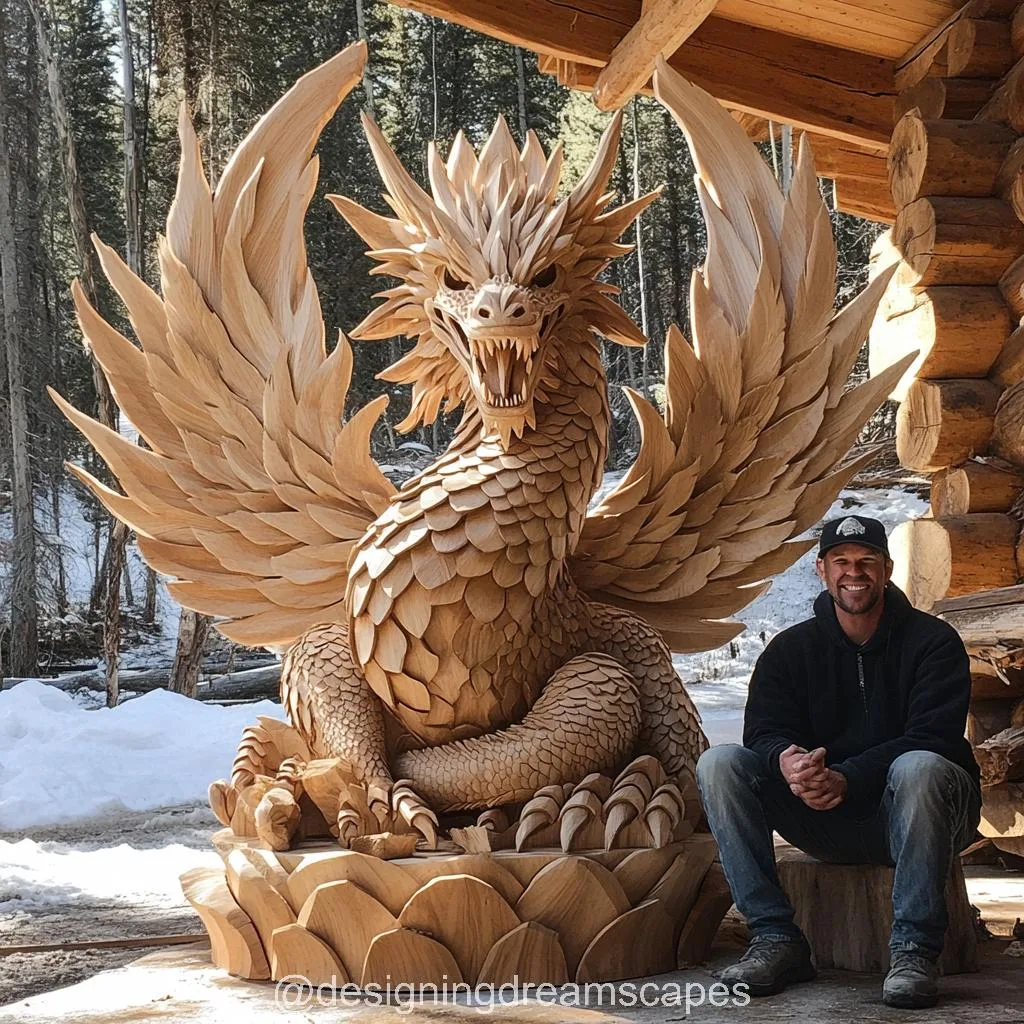
Even with these tools, it’s the human touch—steady, passionate, and precise—that breathes life into the wood dragon.
Commissioning a Custom Dragon
More enthusiasts are commissioning custom wood dragons to suit personal tastes or spiritual beliefs. Key steps include:
- Consulting the Artist: Share ideas, desired posture, size, and style.
- Selecting the Wood: Based on indoor/outdoor placement, coloring, and detail.
- Timeframe and Budget: Larger or more intricate dragons can take months and cost several thousand dollars.
- Delivery and Installation: Especially for large wall panels or standing sculptures.
Custom carvings offer an unmatched level of personalization and emotional resonance, often becoming cherished heirlooms.
Carving Legend into Legacy
A mind-blowing dragon wood carving is more than a feat of craftsmanship—it is a tangible incarnation of myth, culture, and human creativity. These majestic beasts, sculpted from the very bones of the earth, represent a timeless connection between man and story, nature and magic. Whether displayed for protection, admiration, or pure artistic appreciation, a dragon carved in wood stands as a lasting tribute to the imagination’s power and the artisan’s hand. In every line of its scales, curve of its claws, and glint in its carved eyes lies a roaring reminder that legends never fade—they only change form.


